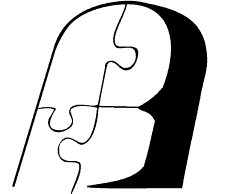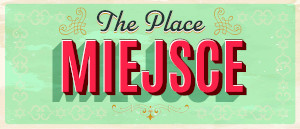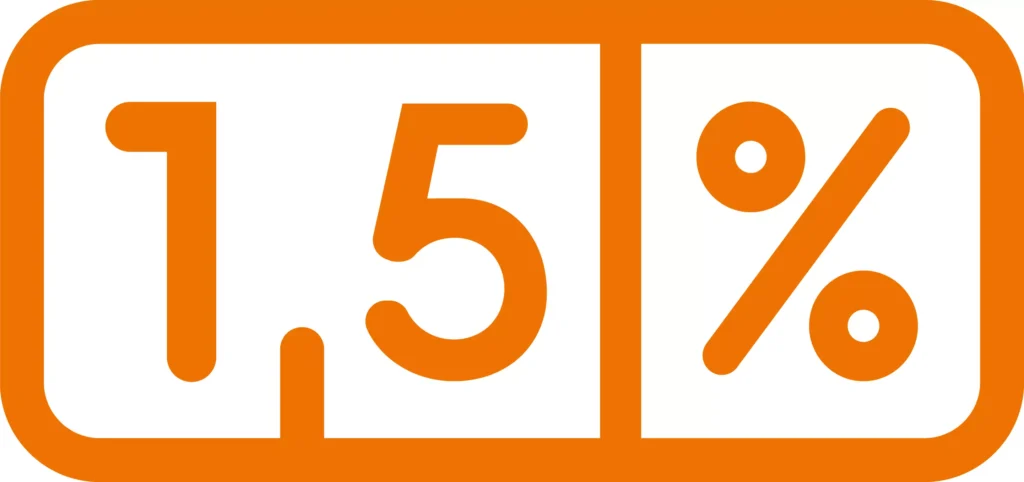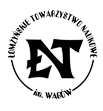Dąbrowa Białostocka Koordynatorem miejscowości jest: Jolanta Konstańczuk, Dorota Budzińska
LANDSMANSHAFTN
The late 19th and early 20th
centuries saw an influx of Jewish immigrants to New York City, with 1.5 million
Jews living there by 1920. Many of them joined societies for immigrants who
came from the same place in the Old Country; collectively, these were called landsmanshaftn and individual members
were referred to as landsleit.
Members generally came
together for community events, prayer, mutual aid and/ or burial. Many landsmanshaftn organized around
synagogues and most engaged in social activities, gave money to widows and sick
members, helped new immigrants adjust and donated to worthy causes. Annual dues
were invested and members who remained in the New York area were buried in a
gated section of a Jewish cemetery — rooted together for eternity among family
and friends.
Eastern European landsmanshaftn existed in New York City
since the mid-19th century with the founding of the Krakauer Society (Krakow)
incorporated in 1855. By 1892 there were 87 societies in the city, by 1910 more
than 2,000! Meeting together allowed immigrants to retain some Old Country
traditions, provided a place to feel connected and share memories while
reconciling to a foreign land. However, by the 1950s these transplanted
communities began to decline as older generations passed away. Because their
children thought of themselves as Americans, nostalgia for European connections
mattered little for them and the next generations were even less involved and
less reliant.
Today, few landsmanshaftn remain in existence, but
crowded burial plots remain in more than three dozen Jewish cemeteries located
mainly in Brooklyn and Queens. Paperwork and meeting records from many
societies are preserved in the archive of the YIVO Institute for Jewish
Research that is located at the Center for Jewish History at 15 W. 16th Street
in Manhattan.
CHEVRA BNEI RABBI MENACHEM MENDEL ANSHEI DUBROWA
Immigrants from Dubrowa (now
Dabrowa Bialostocka) organized a chevra
(group) in Brooklyn on March 25, 1892, that was named after the community’s
19th century tzadik Rabbi Menachem
Mendel. The organization met occasionally to discuss business and sometimes for
socialization. For example, in 1934 on the 45th anniversary of its founding, a
lavish banquet and dance was held at a large social hall in Brooklyn to honor
its first president Mr. Harry Rosen. The society maintained a synagogue at 526
Georgia Avenue from 1920 until 1968 when, because of diminished use in a
deteriorating neighborhood, the property was sold for $12,000.
From 1946 on the society met
each year to commemorate victims of the Holocaust. The names of nearly 200
people who died during World War II were registered at Yad Vashem, but this
list was incomplete because it relied on the imperfect memories of survivors.
Inscribed on a plaque: “This memorial is for the martyrs of the community of
Dombrowa who were exterminated by the Nazis and their helpers in the Holocaust
of World War II and the extermination camp of Treblinka. Their sacred memory
will not depart from us forever. The people of Dombrowa in Israel and the
Diaspora.” In 1967, also in collaboration with Irgun Jotzei Dombrowa n/Grodno
in Israel (organized in 1957 by 28 former residents), the Brooklyn society
purchased 5,000 trees as a Dabrower Memorial in the Martyrs Forest on the
outskirts of Jerusalem.
The vitality of the
organization declined after World War II; in 1955 there were about 200 family
members, but by the 1980s the number had fallen to about 80, mostly
widows.Today, drastically reduced in numbers, the society continues to meet
occasionally and helps support three cemeteries at Beth David in Elmont, Queens
and Mount Judah and Washington Cemetery in Brooklyn; the current officers are
President Ronald Kriegel (718-753-0018) and Secretary Gail Sudman
(718-513-3852.)
The author`s grandfather,
Hyman Nevins (Chatzkel Joseph Neviadomsky) was born in Dubrowa on June 19,
1878. His father, Nissan, was a peddler who died and was buried in Dubrowa when
his son was twelve. When Hyman went to shul
to say kaddish, he met Celia Zaban
who was three months younger and saying kaddish
for her mother, Frieda (born Gritz). Celia`s father, Moishe Aaron Zaban, and her paternal grandfather, Joshua,
were custom tailors and Hyman became apprenticed to his future father-in-law.
Moishe Aaron (after whom I’m named) never emigrated and is buried in Dabrowa.
In order to avoid being
drafted into the Czar`s army, in 1896 eighteen-year-old tailor Hyman fled
across the border and made his way to America, settling on New York`s lower
East Side. Celia, who did not get along with her stepmother Bashe, had moved to
nearby Grodno where she worked temporarily as a cook for a gentile physician
and when Hyman accumulated some money, he wrote to her and proposed marriage.
She arrived in 1899 on the same day that Admiral George Dewey, the hero of
Manila, was given a tumultuous welcome in New York harbor — perhaps Celia
thought that the celebration was for her.
According to Alexander Beider
(personal communication, 1993), who is an authority on Jewish names,
Neviadomsky is an English transliteration from Russian — it’s spelled
Niewiadomski in Polish. It is derived from the name of the village Niewiadom in
the Sokolow district of Siedlice gubernia near Grodno. Roughly translated, the
place name means unknown or uncertain. After my grandfather arrived in America
and applied for citizenship, he shortened his clumsy surname to Nevins — some
documents spell it Nevin.) I like to think that he chose what seemed to be a
Yankee-sounding moniker after he saw signs for Nevins Street in Brooklyn. It’s
plausible and makes a nice story.
After many years of struggle,
Hyman purchased a men’s clothing store on Third Avenue and 84th Street under
the El. The family grew with Nathan being born in 1902, Irving in 1903, Samuel
in 1905 and Mary in 1907. In later years Hyman and Celia moved to the Bronx
where Hyman died on January 5, 1962. Celia lived on until February 27, 1966 and
both are buried among their children at Beth David Cemetery along with multitudes
of landsleit.
Celia’s sister Esther married
Aaron Sidransky and their sons, Phillip and Samuel, neither of whom married,
were long-time officers of the society — P. as president, S. as secretary.
Philip, who had been a schoolteacher in Dabrowa, emigrated about 1920 when
Poland was reconstituted after World War I. Their sister Sara (married to Max
Solomon) had a son Isaac who with his wife Helen (Goldstein) preserved the
society’s records and later donated them for safe-keeping to YIVO.
My yizkor book, “Dubrowa.
Dabrowa Bialostocka, Memorial to a Shtetl”, was published in 1982, second
edition 2000, and can be read on-line at the website of JewishGen.
Michael Nevins, MD. mnevmd@gmail.com







 uzupełnij jewishbialystok@gmail.com
uzupełnij jewishbialystok@gmail.com 



